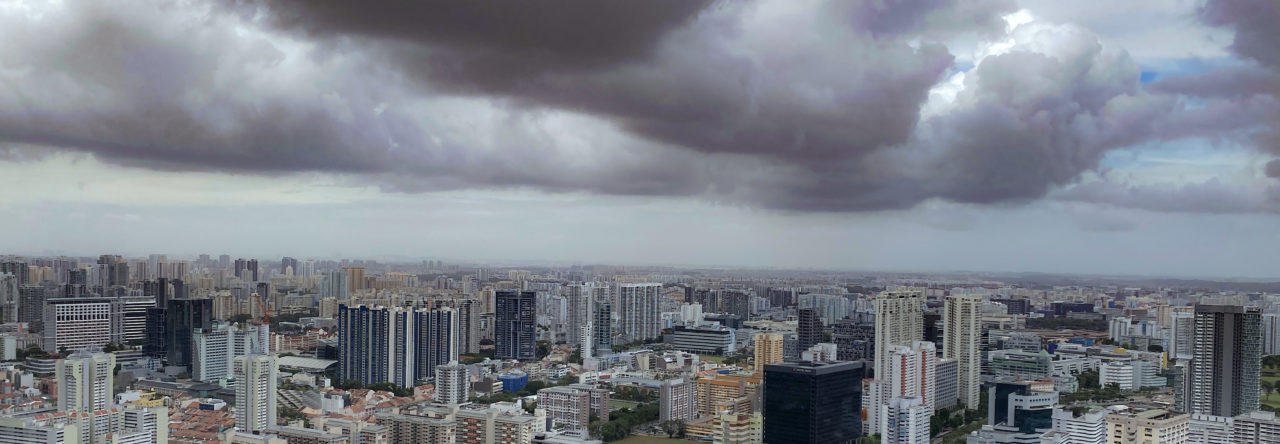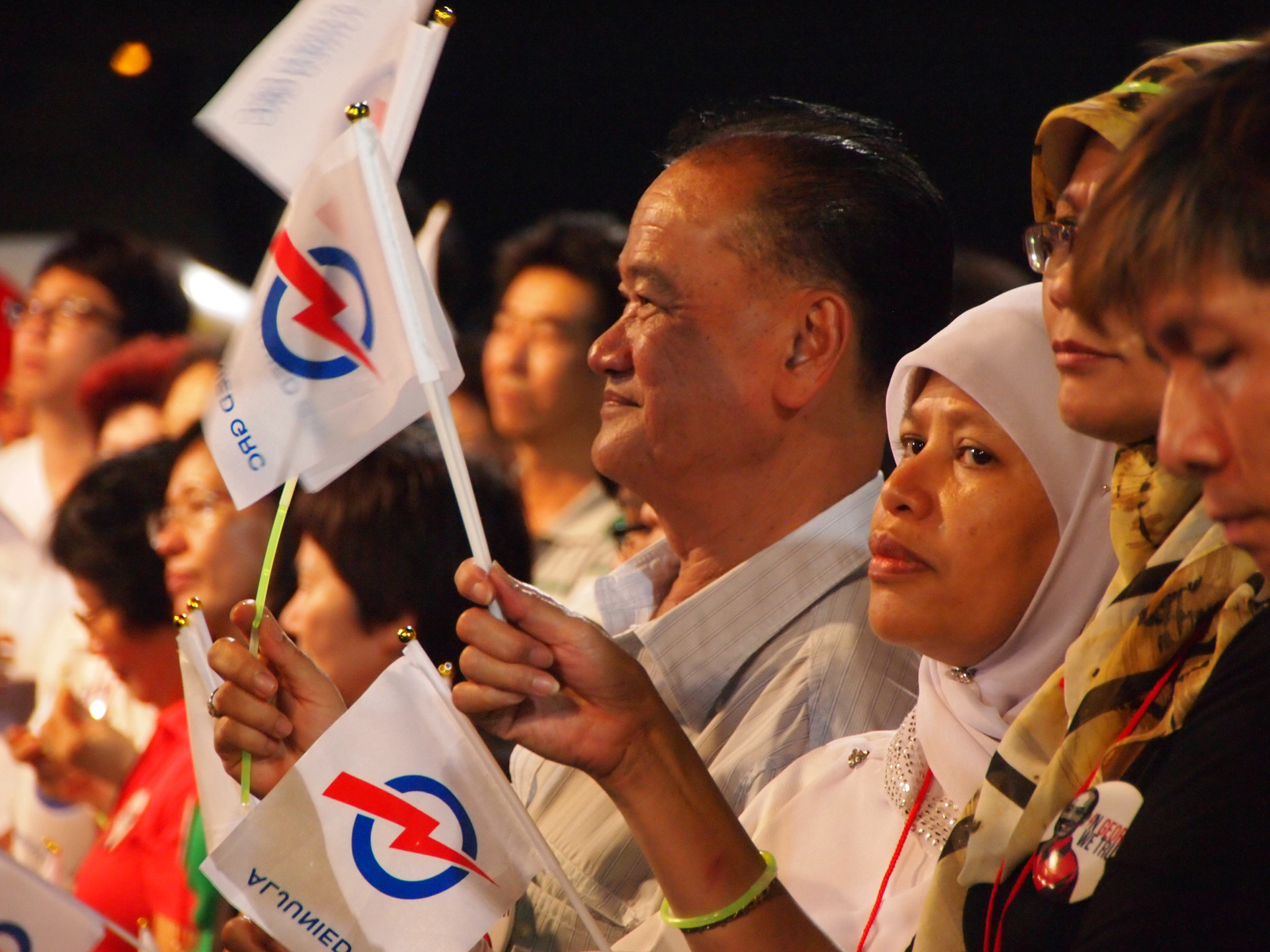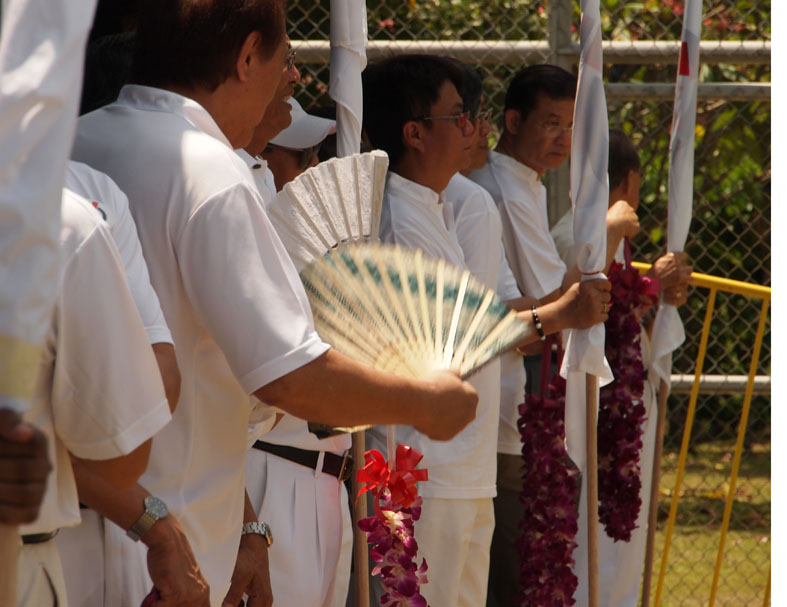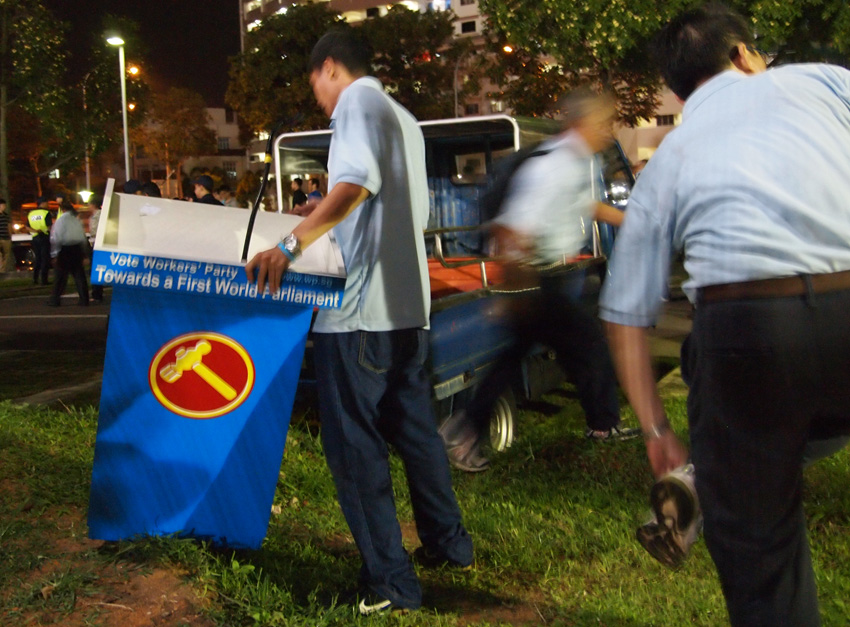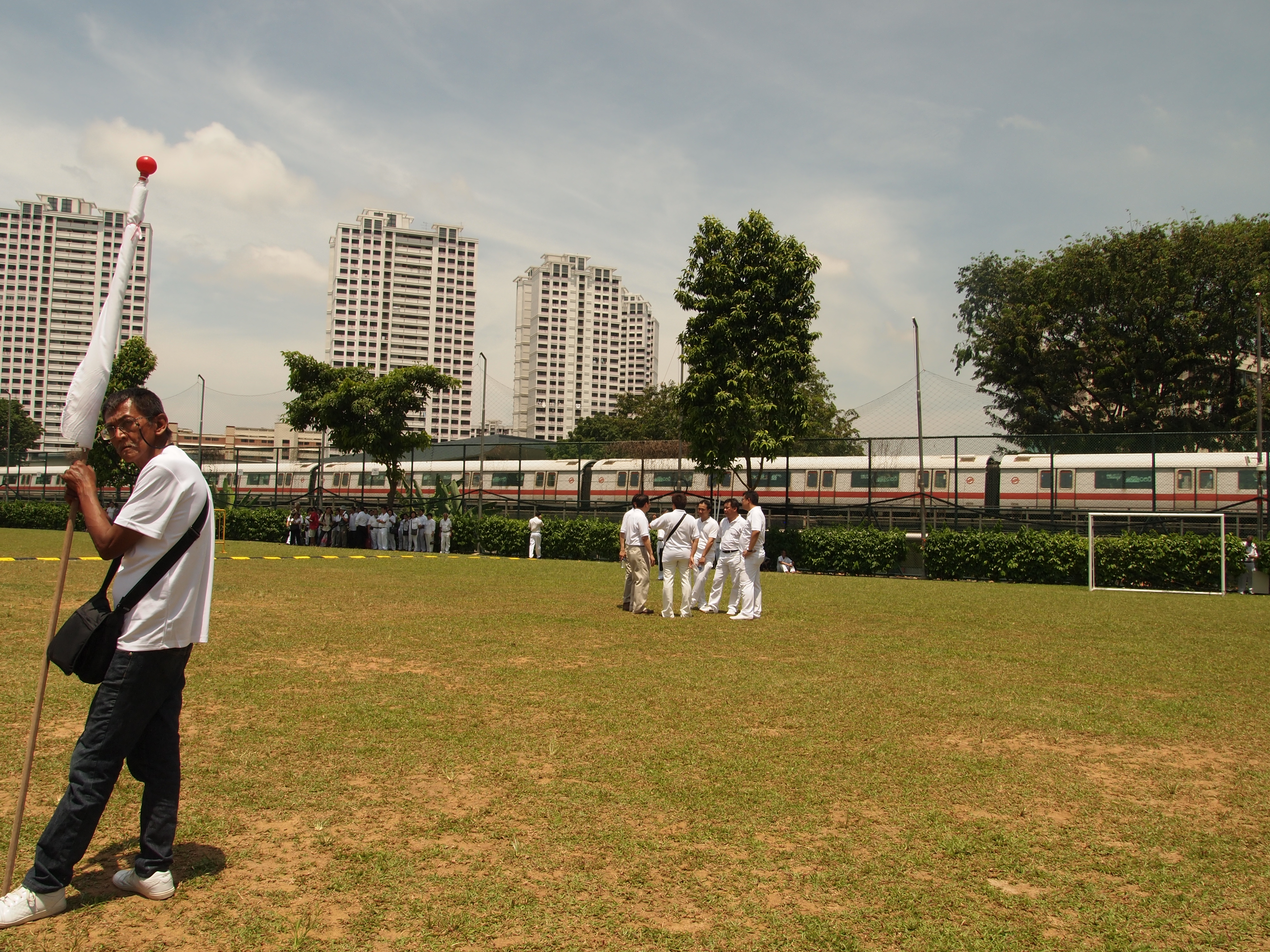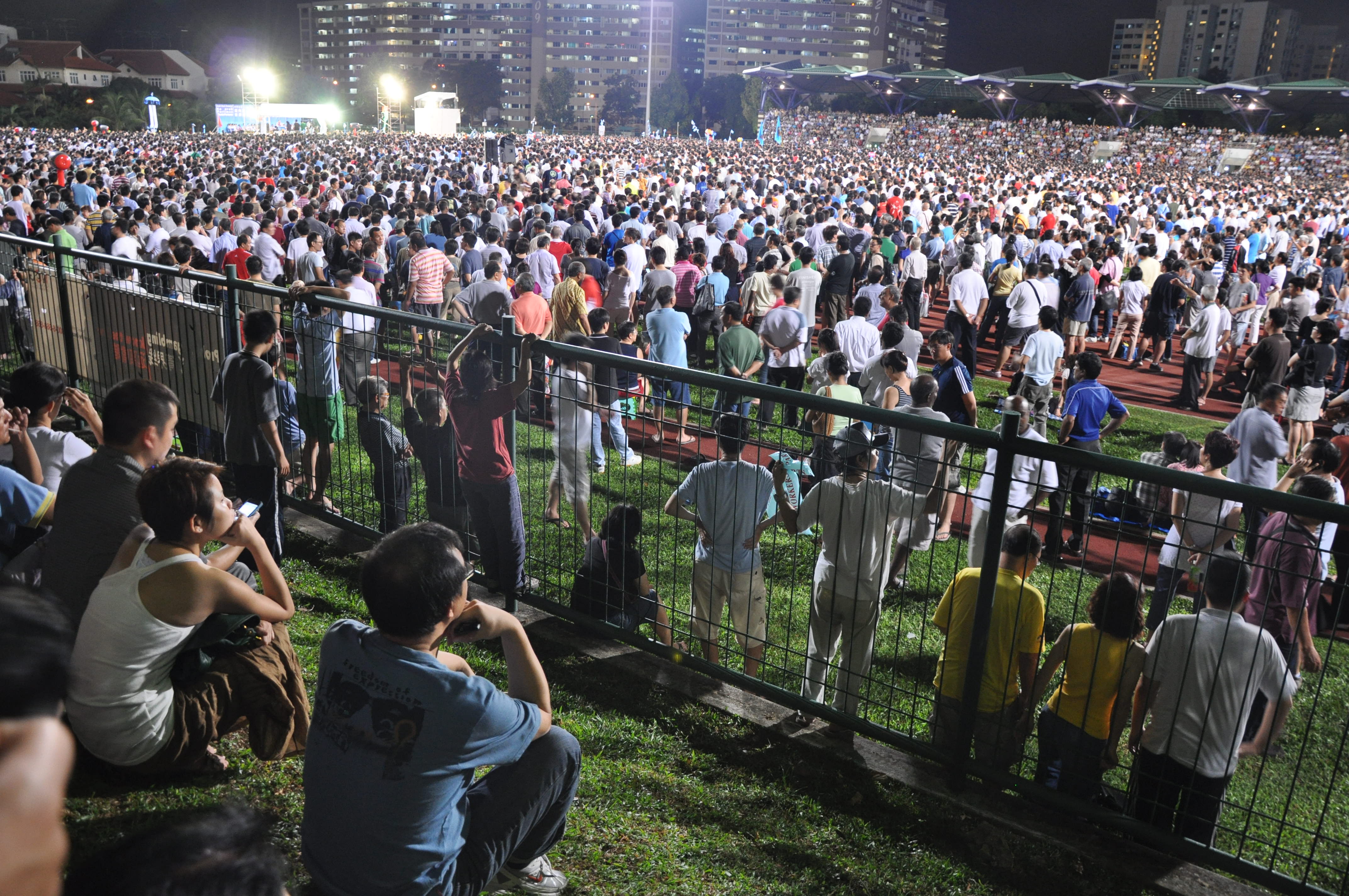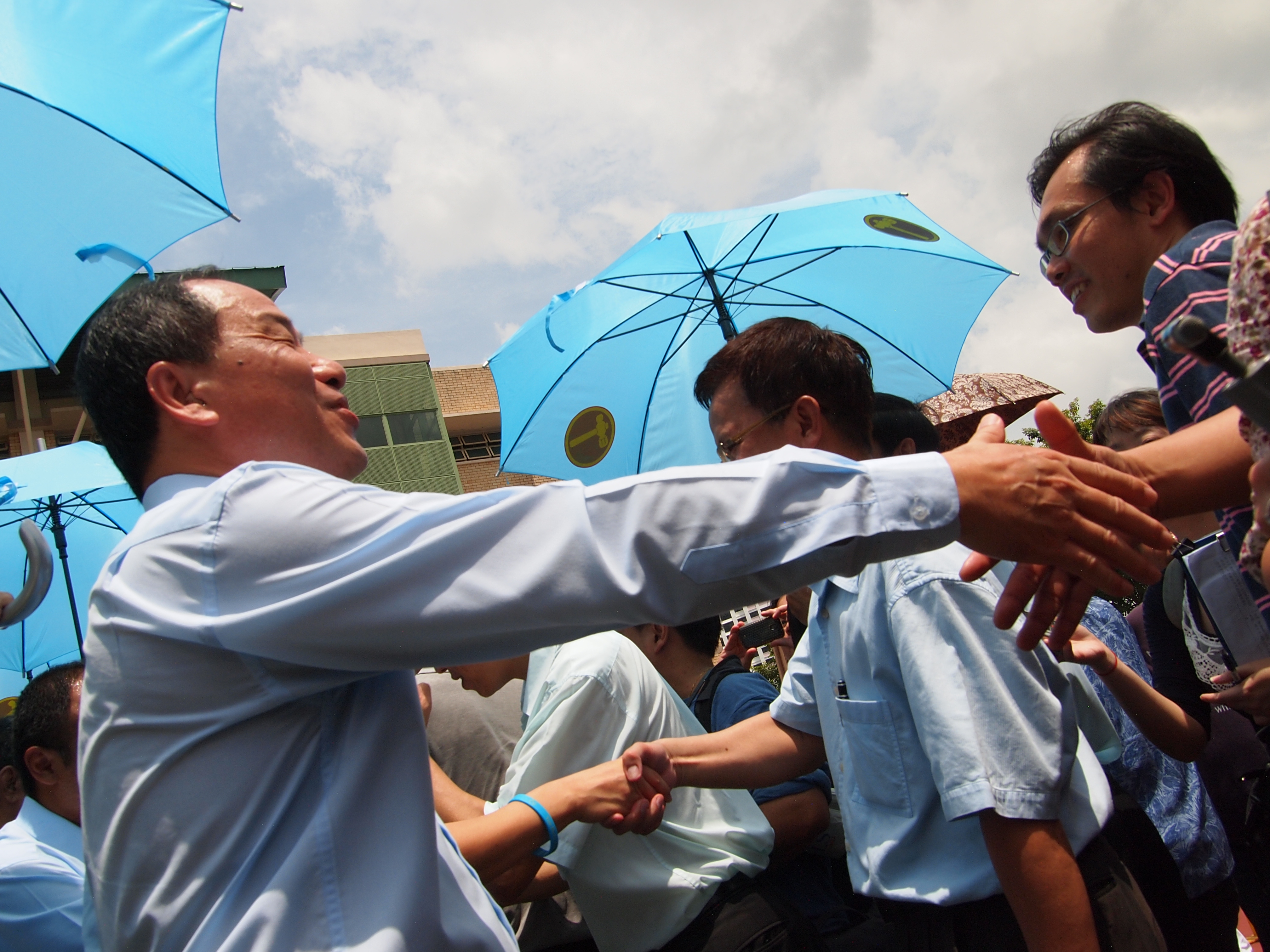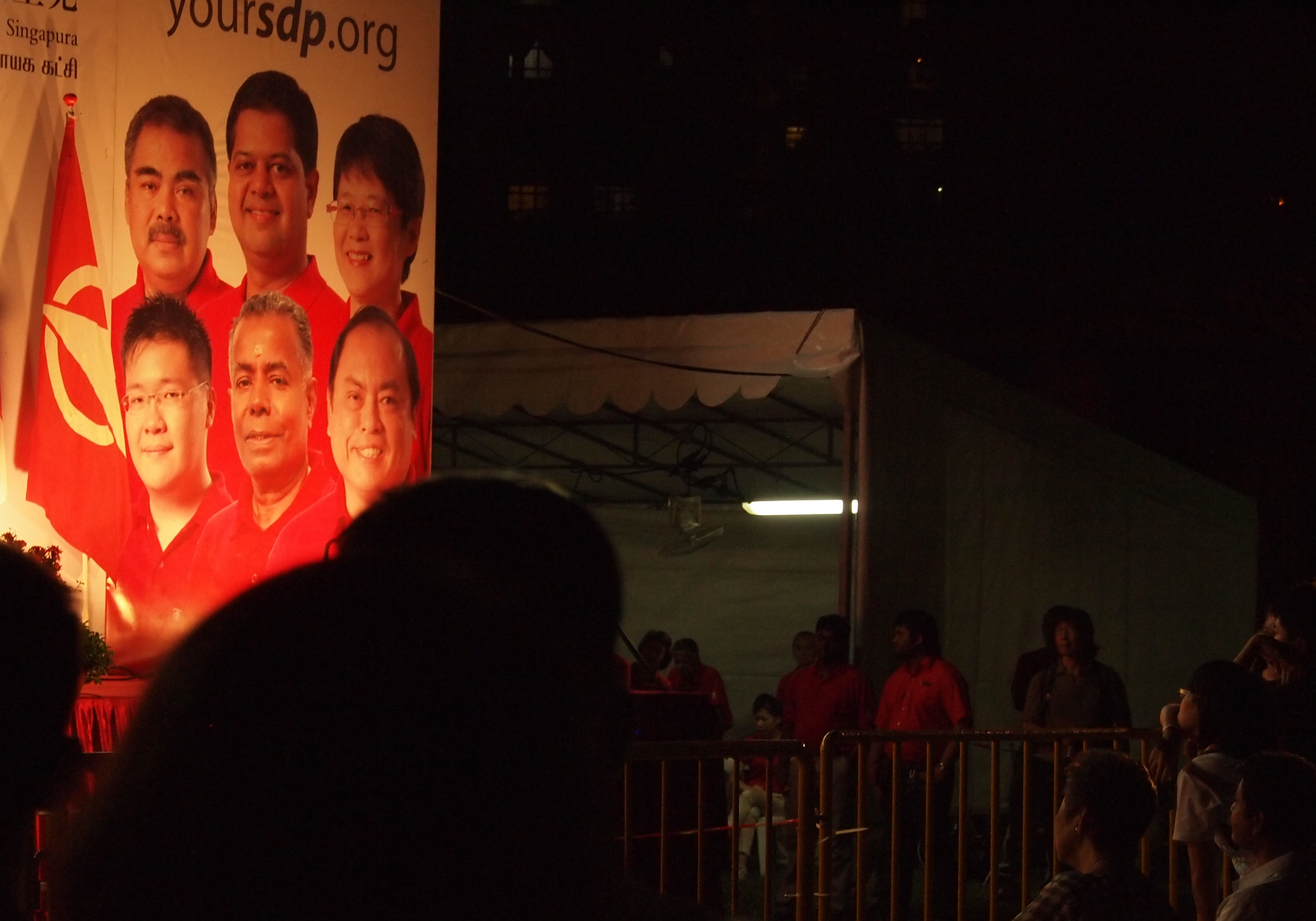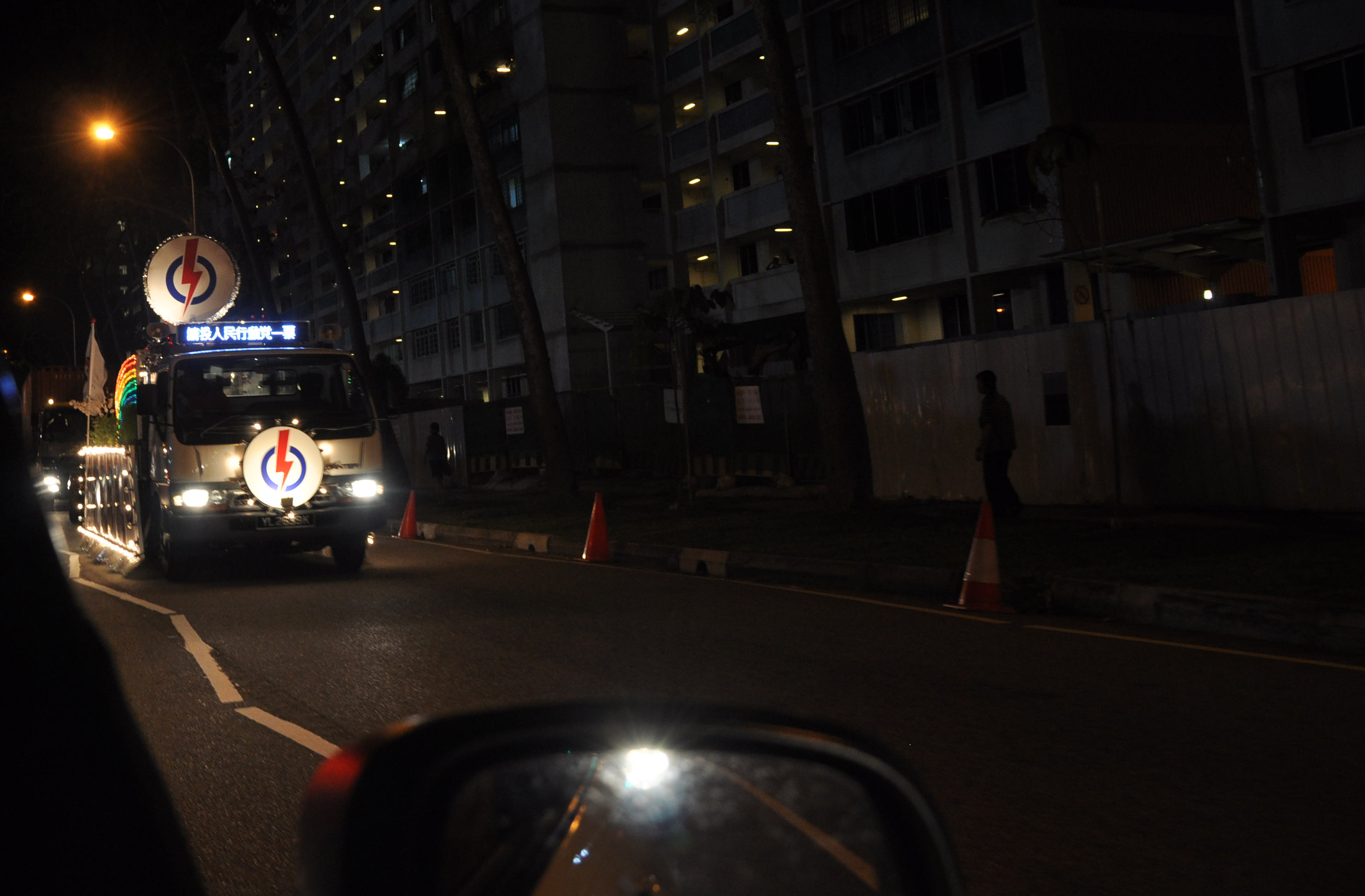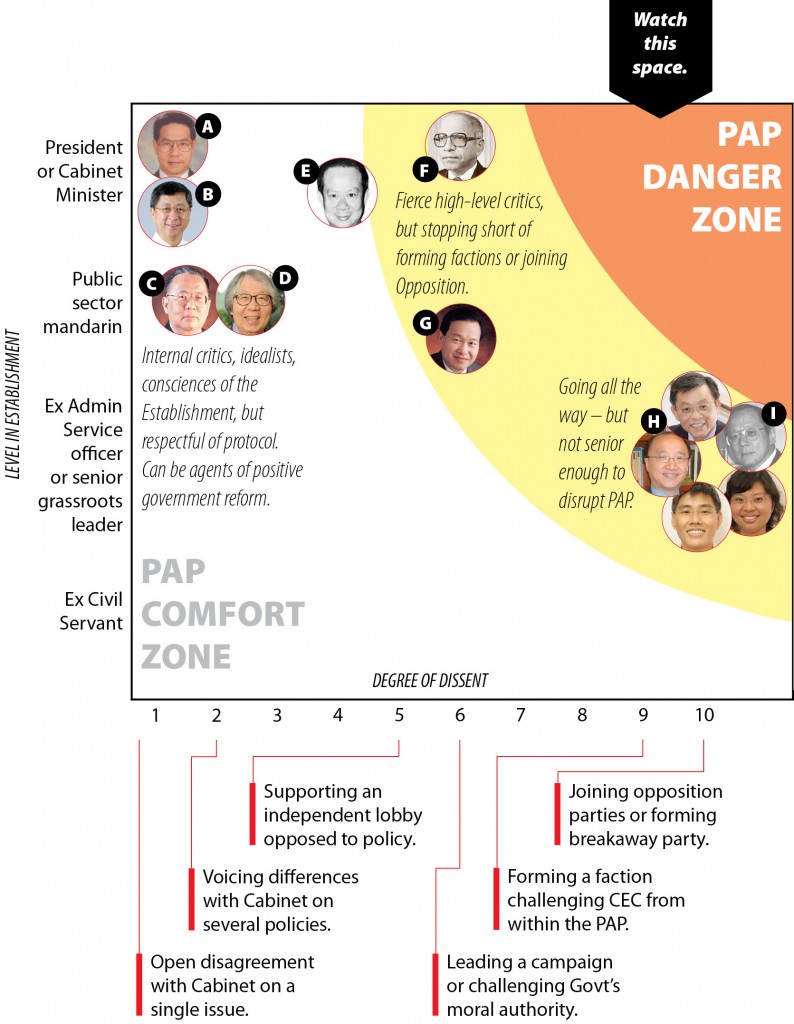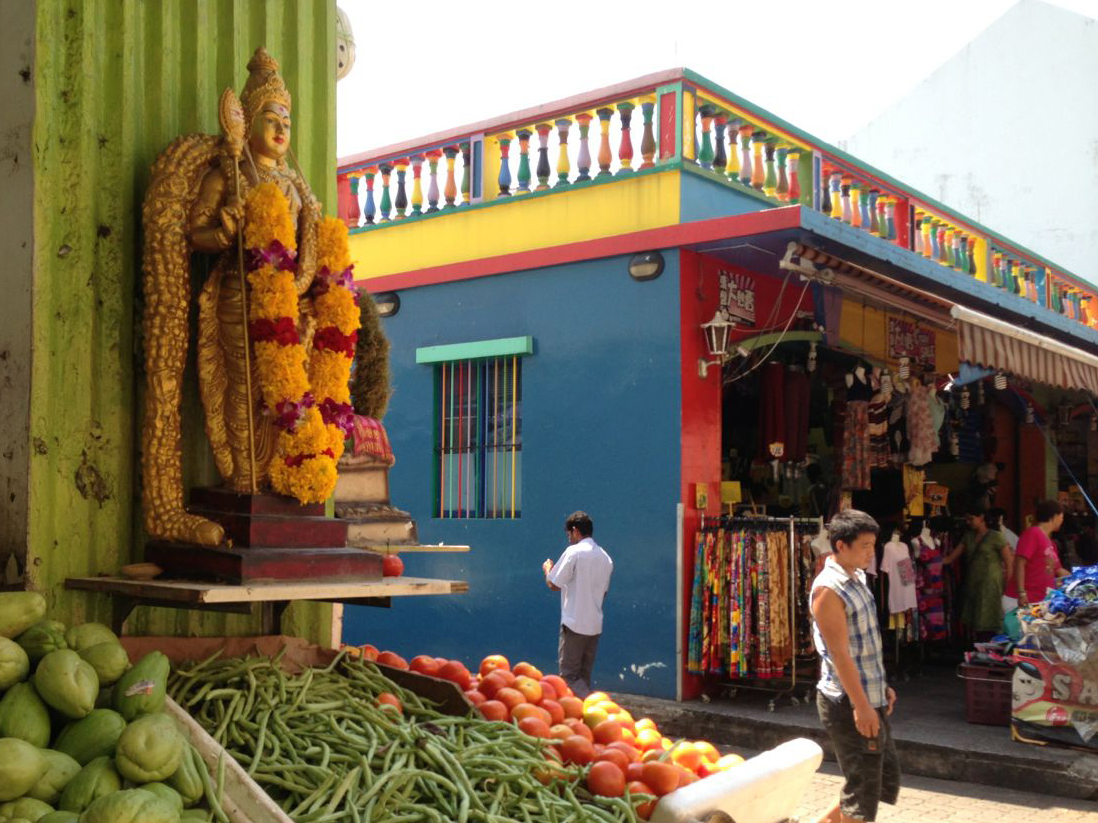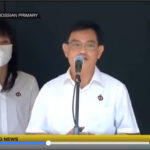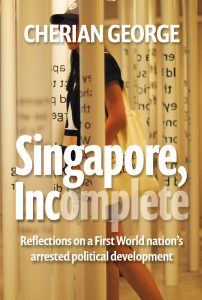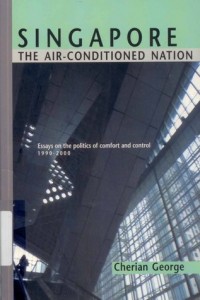CAN IT REMAKE ITSELF?
The obstacles to internal reform are formidable, but citizens shouldn’t discount the possibility entirely.
Picture a PAP government that lets an independent election commission draw constituency boundaries, introduces freedom of information laws and fights for equality even when it’s unpopular. This would be a PAP that committed itself to democratic processes, open government and individual rights.
In my previous blog, I said that this was the kind of PAP that I could believe in and get behind. I can’t say if such changes would arrest the growth of the opposition – probably not, since the opposition’s Parliamentary presence has been unnaturally low and is bound to rise no matter how well the government performs. But such reforms could enhance the PAP’s moral legitimacy and reduce the kneejerk negativity that currently greets its every move.
Creating a checklist for change was mainly a personal exercise to help me avoid two pitfalls as a citizen. First: naivety, which would make me satisfied with superficial changes. Second: cynicism, which would prevent me from recognising and supporting meaningful improvements.
Of course, there are fellow citizens whose visions of a better Singapore include no room for the PAP in any shape or form – and, at the other ideological extreme, people who want the PAP to stay exactly the way it is. I can only promise them greater respect for their opinions than they are likely to give me for mine (since, ironically, intolerance of differing views is a shared tendency of both the pro-PAP and anti-PAP extremes of the political spectrum – some Facebook denizens were so outraged that I could contemplate the possibility of a reformed PAP that they labelled me “closet PAP” and “whiter than white”, which I assume were meant as insults).
Sources of radical change
More thought-provoking were comments from readers who agreed with my sentiments but doubted that the PAP could ever remake itself so radically. Said one: “I am inclined to adopt your checklist as my own as it resonates well, but where we are not aligned is your optimism on the PAP’s ability and will to cross the chasm.”
I’m not optimistic either. Nevertheless, if we want radical change in the medium term – say, the next 10 years – the odds of it coming from a non-PAP government are even lower than it emanating from within the PAP.
Recent history offers some hints of where democratic change might come from. Looking at societies as different as the Soviet Union, Poland, the Philippines, South Africa, Indonesia, Egypt and Myanmar, what’s clear is that freedom must almost always be struggled for (the Kingdom of Bhutan being possibly the only example where someone with absolute power recognised he should give it up long before anyone asked him to).
It’s also clear that democratic change is sometimes instituted by those within the palace walls, and sometimes imposed only after those outside break open the gates and take over control.
What’s even more striking is that although historians can join the dots with benefit of hindsight, it is extremely difficult to look ahead and predict the path to democracy that a nation will take. People power movements that threw out seemingly immovable leaders like Suharto took most by surprise. Equally, radical reformers who transformed the establishment from within, like Mikhail Gorbachev and Thein Sein, seemed to emerge from out of the blue.
Perhaps, then, the lesson for those who want democratic change is to be steadfast about their preferred destination but agnostic about which routes will get us there. The examples of Aung San Suu Kyi and Nelson Mandela are instructive. They are heroes in the history of democratisation not only because of their moral courage but also because they kept open minds, knowing when to do business with reformers on the inside, for the larger good of their countries. Conversely, people who want change but refuse to work with elements of the old regime tend to get nowhere.
Diverse strategies
Freedom from doubt is an occupational hazard of politicians, but in reality, nobody knows what will ultimately work. Faced with irreducible uncertainty, it is foolish to place all of Singapore’s eggs in the PAP basket. Fortunately, most Singaporeans now accept this as common sense rather than as an unspeakable heresy.
Unfortunately, in the so-called new normal, too many intelligent Singaporeans seem to be oblivious to the opposite risk, of putting all our eggs in the anti-PAP basket, as if no good could ever come from the ruling party.
The same nobody-knows principle applies when deciding among different opposition strategies. Opponents of a regime are often split between more accommodationist and more belligerent strands – and it is usually difficult to predict which will be more effective. In post-war Singapore, the more radical PAP triumphed, while history would come to consign the more moderate Singapore Progressive Party to the role of rather wimpish also-rans. On the other hand, in the American civil rights struggle, the more acceptable Martin Luther King Jr. achieved what the radical Malcolm X could not.
Fast forward to today’s Singapore, and we find opposition loyalties split between the Workers’ Party and the Singapore Democratic Party. The WP seems desperate to avoid what it perceives as the self-destructive confrontational tendencies of the SDP, while SDP politicians will privately tell you that the WP has sold out – sitting pretty on its seats, afraid to take risks. Understandably, passions on both sides run high, just as they do among PAP loyalists.
The truth is that Singapore democracy is best served by different groups trying different things. Most likely, there is a complex interaction between all these forces, with more radical forces opening space for more moderate opponents, and both applying healthy pressure on incumbents.
Revolution from within?
One plausible scenario is that, pushed by opposition parties and ordinary citizens, reform-minded leaders within the PAP will persuade their comrades to undertake radical change.
Although plausible, this is not likely. Here’s where the PAP’s traditional strengths – its cohesion and internal discipline – become its Achilles’ heel. Its top leaders are selected because they share certain convictions, and it is difficult to see any of them shed those beliefs to adopt a more democratic agenda.
The PAP will also find it harder than most major parties elsewhere to reform itself from the bottom. The conventional way for new blood to take over a party is for them to come up through the ranks, developing a base within party branches, competing for influence against other contenders, and finally making a bid for the party leadership at the party convention. This open, competitive process allows would-be party leaders with bold new ideas to move from the fringes to the centre. It allows parties to regenerate and revolutionise their thinking to keep up with the times.
The PAP, however, long ago dismantled such mechanisms for internal revolution. After the break with Lim Chin Siong and the radical left, Lee Kuan Yew restructured the party, installing an impervious phalanx of cadres that would ensure that the PAP could never be captured from below. This has been part of the formula for PAP stability for the past five decades. But it could also induce paralysis.
The PAP’s best hope is that, somewhere in Singapore today, is a handful of men and women with the independence of mind, boldness of vision, and determination to serve that characterised the party’s founding generation of leaders. The PAP must hope that these individuals believe that the ruling party remains a seaworthy vessel, and that they will strive to take over its helm.
But this is where the party’s structure does not match its own best interests. The hypothetical dream team would face a Catch 22. They cannot reform the party fundamentally until they reach the top. But they cannot reach the top unless they shed their revolutionary ambitions. Thanks to the cadre system, it’s only with the blessings of the current leadership can they climb the party hierarchy – and the current leadership is unlikely to sanctify young turks with radically different views.
So, all in all, one shouldn’t be too optimistic about the PAP’s ability to remake itself. But then nobody describes politics as the science of what’s probable. It is the art of the possible. And though unlikely, perhaps PAP minds can be changed.
The case for bold reform is that this could finally enable the PAP to seize the political initiative, in a way that the current gradualism has not. The argument for doing it sooner rather than later is that the PAP has less to lose if it institutes changes while still in a position of strength, than if it waits till it’s cornered and forced to compromise with its opponents. Whether anyone in the PAP is willing and able to tread this path is the big question. If the unlikely happens, I hope enough Singaporeans will be sentient enough to see it and welcome it.
